#katakana
Text
An aquarium toilet in Akashi, Hyōgo. Japan
Follow us for more contents ValiantJapanese
826 notes
·
View notes
Text
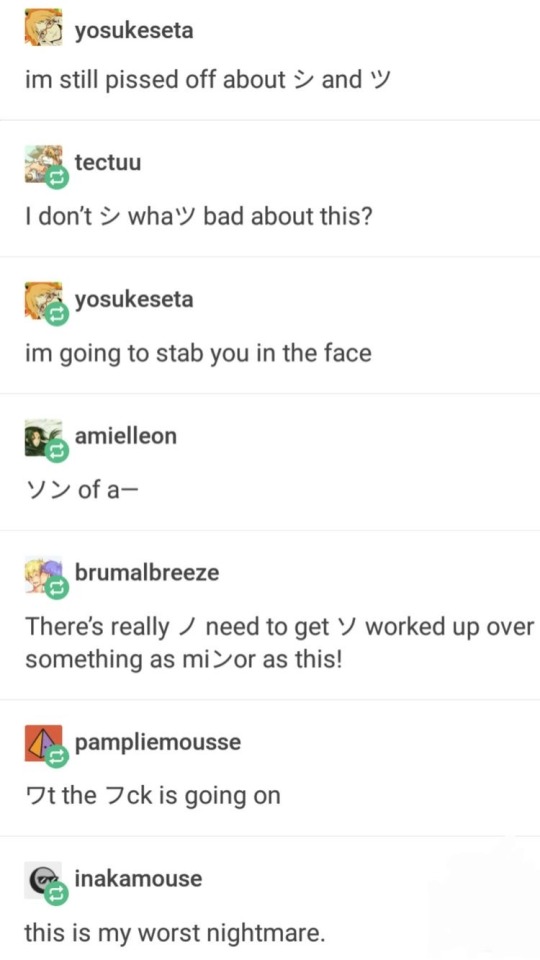
this exchange will never not be funny to me
3K notes
·
View notes
Text
Let's read kana!
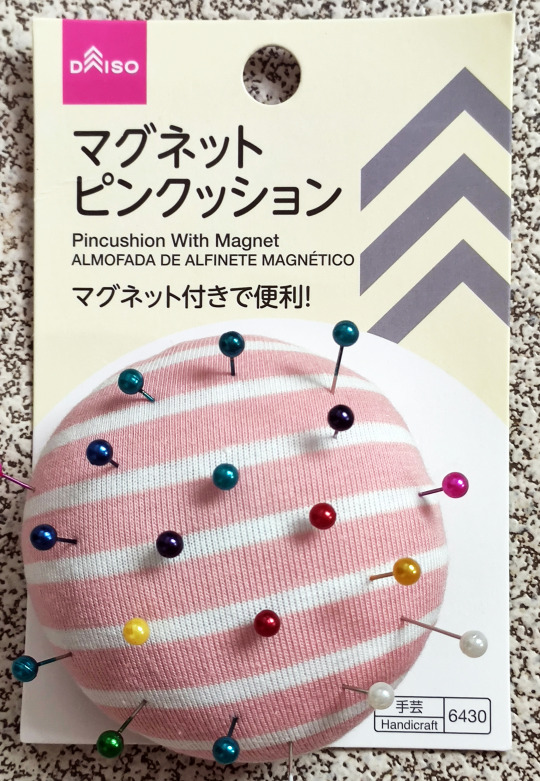
Let's read kana from this pincushion from Daiso!

マグネット ピンクッション
magune(t)to pinku(s)shyon
Magnetic Pincushion

マグネット 付き で 便利!
magune(t)to tsuki de benri!
It's convenient with a magnet!
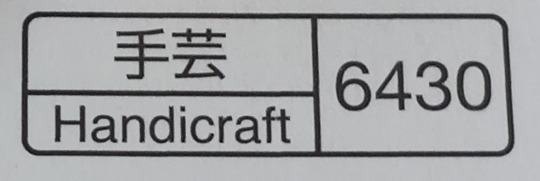
手芸
手 Shu (hand) 芸 gei (technique, art)
Handicraft
#langblr#japanese#language learning#japanese language#jpnblr#learning japanese#Let's read kana#japanese learning#katakana#japanese kanji
69 notes
·
View notes
Text
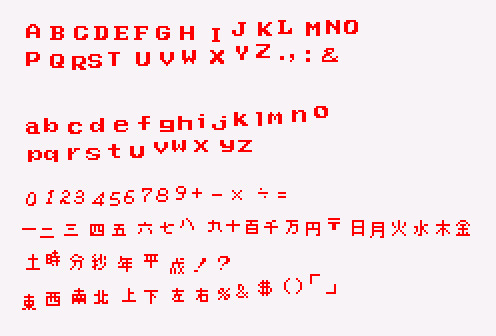

꧁★꧂
#text#alphabet#letters#numbers#hiragana#katakana#pixel#digital art#art#photoshop#flickr#oldweb#old web#2009
58 notes
·
View notes
Text
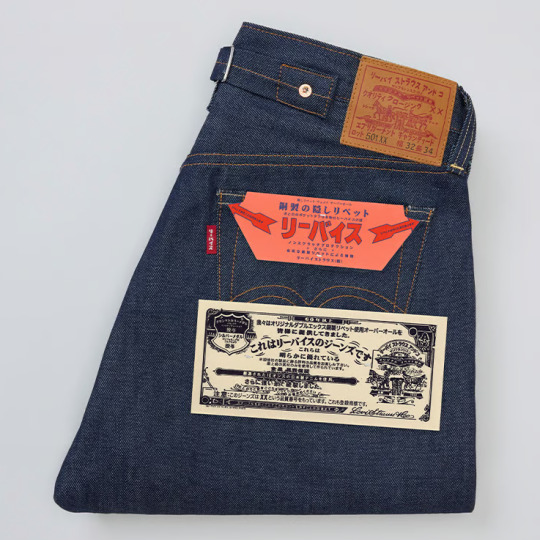
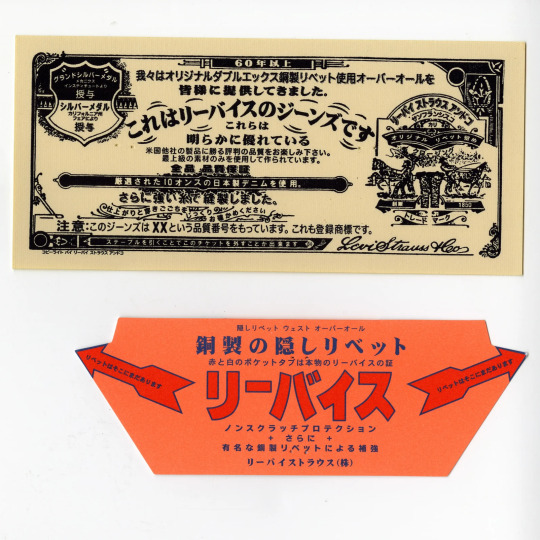

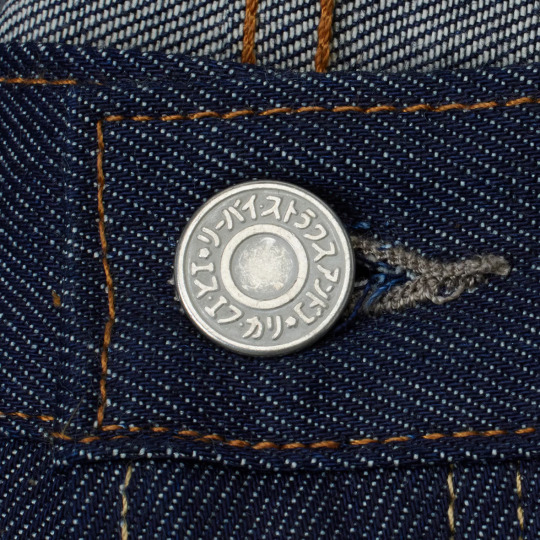
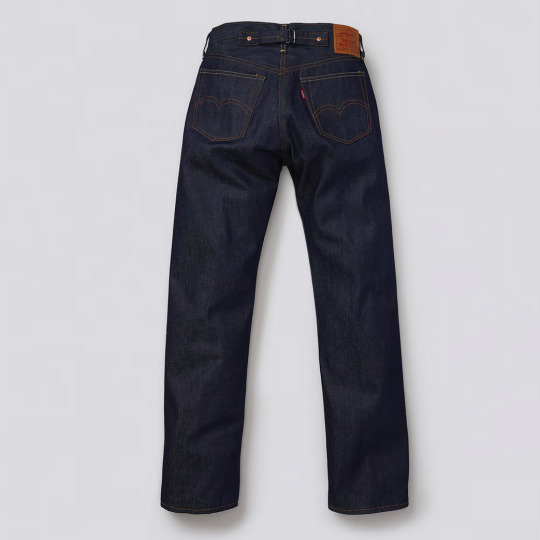
Levi's Japan limited edition "Katakana" jeans, a reissue of the 1937 Levi's 501 jeans where all of the text is written in Japanese katakana script.
500 notes
·
View notes
Text
Learning a language is more accessible than it's ever been
Really.
There's such a wide variety of free lessons, resources, communities, and language exchanges.
This is especially true for Japanese and other languages not commonly taught in schools.
We've been running a mildly successful Discord server for a few years now (500+ members), but now we want to use our knowledge and experience to provide *free* lessons, utilizing *free* resources in every format possible, which will eventually span from N5-N1 fluency levels.
Our lesson posts will have "homework", which are apps, websites, or Youtube videos you can use to practice what you have learned, which you can pick and choose what homework format you prefer.
Don't want to download Duolingo for our first lesson's practice? Watch JapanesePod101's Youtube video on the topic instead. Don't like that? Try the link to Tofugu which covers the same topics as our lesson.
We will also cover topics such as language exposure when you can't visit the country, exercises, community games held on our Discord (we're working on Japanese Trivia Monopoly for N5 right now), streams, and more just like we always have in our Discord server!
Ready to learn Japanese, for free, regardless of skill level?
Here's the link to sign up to our Discord server.
We can't wait to see you there!
またね~

#japanese studyblr#studyspiration#study#japanese#nihongo#japan#japanese culture#japanese language#japanese learning#japanese vocabulary#learn japanese#learning japanese#kanji#hiragana#katakana
230 notes
·
View notes
Text

"When in Japan - Learning Nihongo"
Learning the language will help you conveniently read the signs and interact with locals when you visit Japan.
by Jose Maria Tiquia
#art#cartoon art#cartoon#comic#comic strip#vector#drawing#cartoon illustration#illustration#illustrator#digital art#japan#japanese#nihongo#language#study#learning#hiragana#katakana#kanji#artworks#tiquiajomari
97 notes
·
View notes
Text
Since I write in cursive, I'm regularly forced to contend with the fact that if I end a word in a T, it looks like a katakana O. You know, オ.

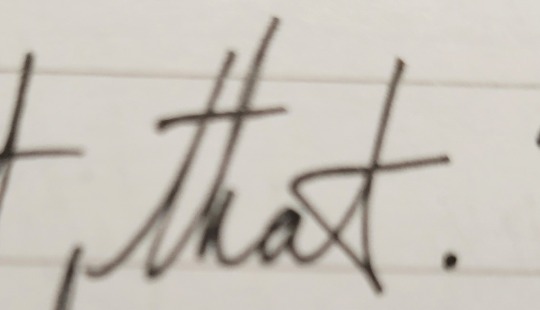

94 notes
·
View notes
Text
Japanese word of the day
いってらっしゃい (Hiragana)
行ってらっしゃい (Kanji)
pronunciation - itte-rashai

Meaning - have a good day or see you later.
Used with - family members leaving house, colleagues going for work trip, meetings etc.,
If you want to learn a bit more about the history of this word, please read more!
いっしょに日本語をべんきょうする!がんばってください!
Translation: let's study Japanese together! Let's work hard together!
Romanji: issho ni nihongo o benkyou suru! Gambatte kudasai!
I recently found out that this word which has come to mean have a good day, literally translates to "Go and come back!"
Basically the 行って (pronunciation: itte) means Go (or Journey, you will see this 行 Kanji in almost every sentence where something is leaving, going somewhere for example 行ってきます meaning "I'm going!') and (い) らしゃい (pronunciation: irashai) means come or welcome back
Basically,
行って + (い) らしゃい = Go + come back
Ko-San on Instagram explained it very well. The explanation goes like this -
In ancient Japan since there was no world order, anyone leaving on a work trip, or anything else from the village could die for various reasons. And Japanese people were firm believers of the power of words, this belief is called Kotodama. Therefore, by saying "Go and come back!" they are wishing their loved ones or colleagues a good journey.
#japanese#learning japanese#japanese vocabulary#hiragana#japan#anime#日本#日本語#kanji#katakana#spy x family#gifs#spy x family gifs#japanese word of the day#loid forger#anya forger#yor forger
44 notes
·
View notes
Text

🖤💋❤️
#dark lipstick its been awhile#my brain is trash#unrelated but fun fact#wlw#sapphic#girls who like girls#pansexual#lgbtq#wlw nsft#butch bait#wlw ns/fw#sapphic yearning#saphic#femme#femme4butch#femme4masc#brat4butch#katakana
128 notes
·
View notes
Text
I have to do the unthinkable.
I have to... I HAVE TO...
Actually learn Katakana properly in spite of it being less frequent because it still pops up everywhere like a speed bump.
I have some manga (well, three volumes of Bofuri) and games with Furigana now, so Katakana has suddenly become more of an obstacle to reading practice than Kanji 🙃
Below are many practice charts, which is how I went about Hiragana. I basically read through them as fast as I can. With Hiragana, I gradually added to which ones I read each day, so that's what I'm also going to do with Katakana.
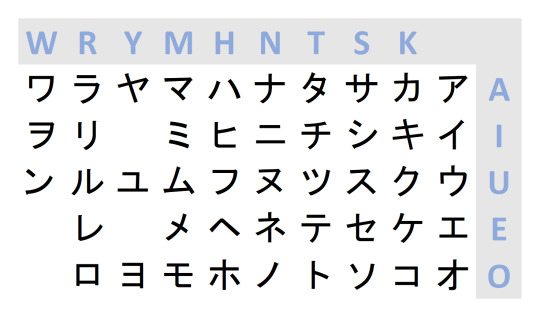

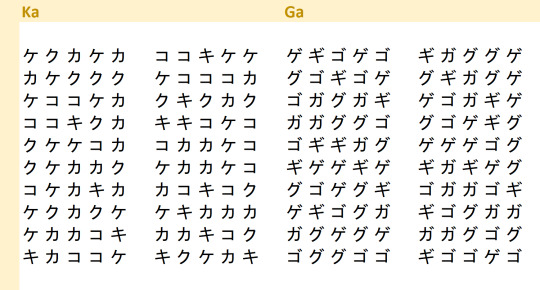

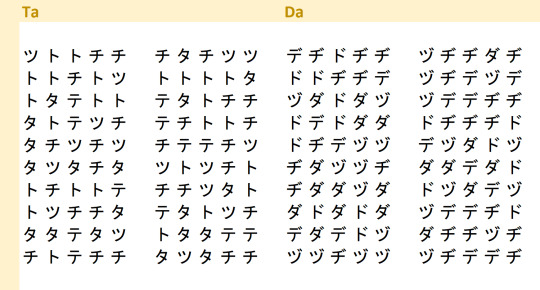




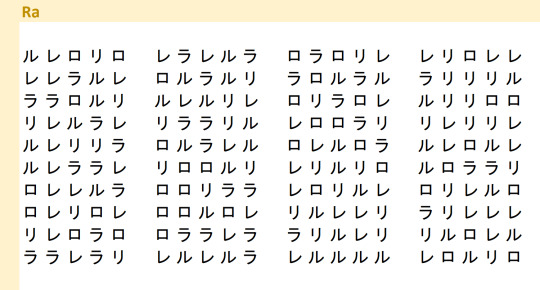
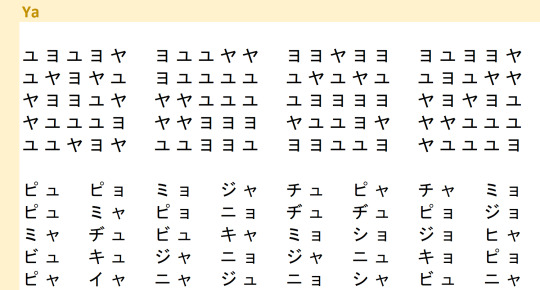


EDIT: I should note in the "W" column, it doesn't match up with the vowels on the right. It's Wa, Wo, and N. I THINK I was mimicking how it was written elsewhere.
I guess I may as well include the ones I made for Hiragana. I was worried about having too many images, but each of these are relatively small, so... It's fine. It's probably fine.
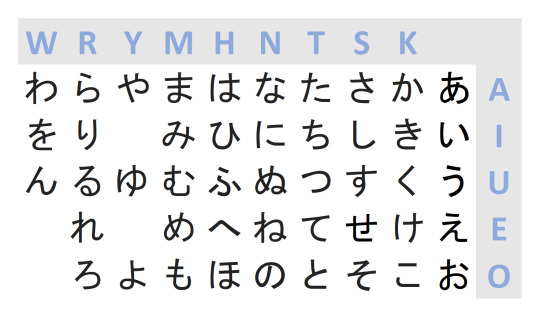



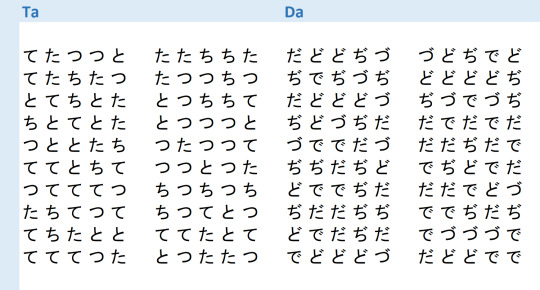
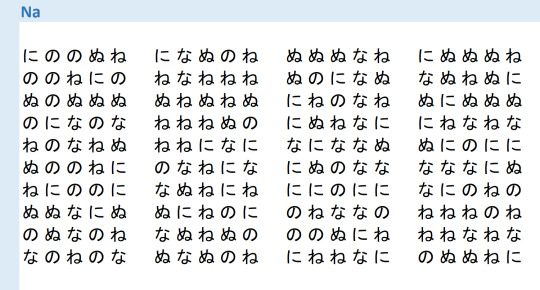

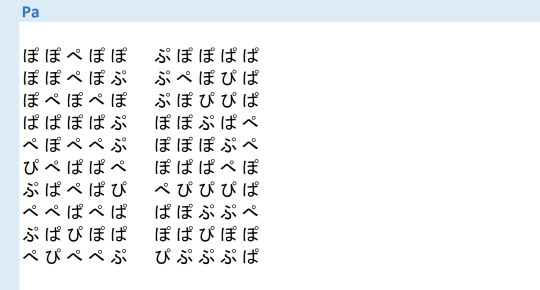
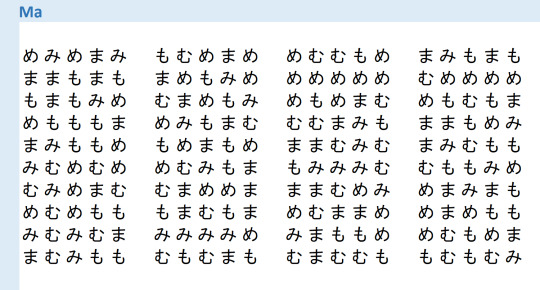
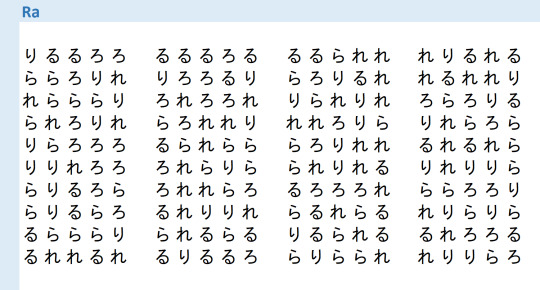



40 notes
·
View notes
Text
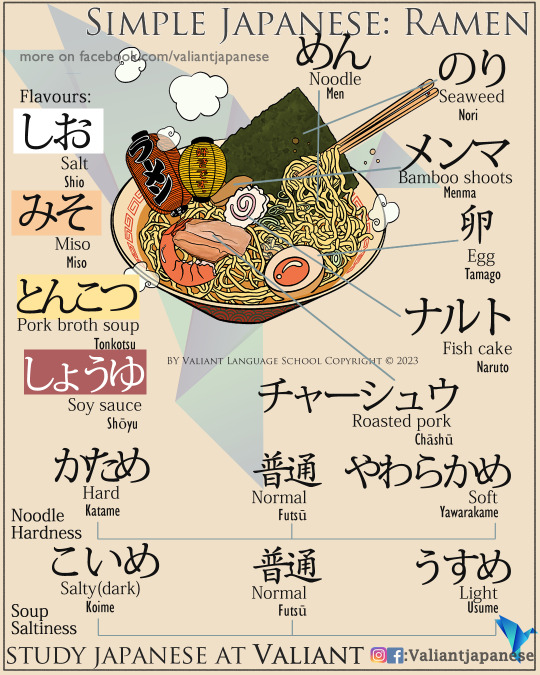
Simple Japanese: Ramen
Grab your latest Japanese language contents! Check
213 notes
·
View notes
Photo

A tip for everyone else who is also learning katakana at the moment.
This doesn’t appear in all fonts or in hand written language, mind you. In those cases, pay attention to the angle of the strokes.
378 notes
·
View notes
Text
Writing foreign names in Japanese

Japanese has a separate writing system for writing foreign words. It's called katakana and it's mostly used for foreign loan words such as kōhī (coffee), pan (bread) and gorufu (golf).
It's also used for foreign names. If your name isn't originally written in kanji (the logographic characters used in Japan, China, and to a lesser extent Korea and Vietnam) you can write your name in katakana.
Due to phonetic differences between Japanese and other languages, one might have to alter the pronunciation of one's name in order for it to be rendered in katakana. For example the closest approximation of my first name Victoria is ビクトリア ("bi-ku-to-ri-a").
The photo above is a commission for a client who wanted his name in katakana. Thankfully his name fits katakana perfectly with no alterations!
(photo posted with permission from client)
If you are interested in having your name written in katakana, feel free to contact me about commissioning a calligraphy work, with no obligation to make a purchase.
#japanese language#japanese culture#書道#japan#japanese#japanese calligraphy#japanese art#calligraphy#japanese langblr#katakana
23 notes
·
View notes
Text
Katakana quiz: ピューレ
Can you figure out what this would be in English? Hint and then answer below.
Hint: It's food-related
-
-
-
-
-
-
-
-
-
puree
23 notes
·
View notes
Text
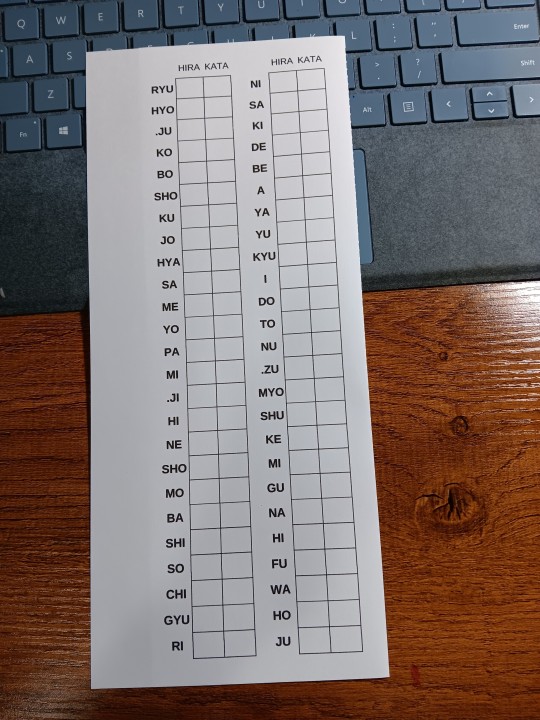
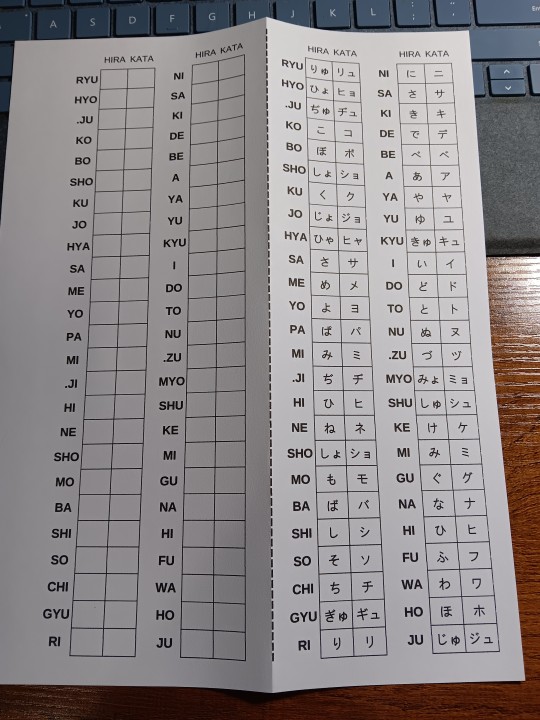
Here's the non-art project I was working on. Kana-writing quiz sheets! The characters are randomly selected from a list of all the kana syllables, including diacritics and diagraphs.
The first half of the sheet has romaji and two blank spaces for writing the hiragana and katakana versions on the syllables. The second half of the sheet, intended to be folded out of sight, contains the answer key.
Hitting delete on any blank space(or changing the document in any way) will reroll the sheet. (The white cells directly to the right of the katakana squares are NOT blank, just whited out, and contain info vital for the sheet to work) [NOTE: You will need to download the document and open it in OpenOffice or LibreOffice for this to work. In Google drive it's just a static sheet]
It's intended to be printed out and used as a daily quiz/refresher. The left margin is wide enough to allow for a three hole punch or whatever binding option you prefer.
Diacritical characters in the T group that have the same Hepburn romanization as characters from other groups are noted with a period in front of the Romaji.
If that would help you, you can grab it here!
Google Drive - Kana Writing Quiz
And if you share offsite it would be real cool and decent of you to credit me.
#katakana#hiragana#japanese study resources#japanese#japanese worksheets#japanese language#japanese study
35 notes
·
View notes